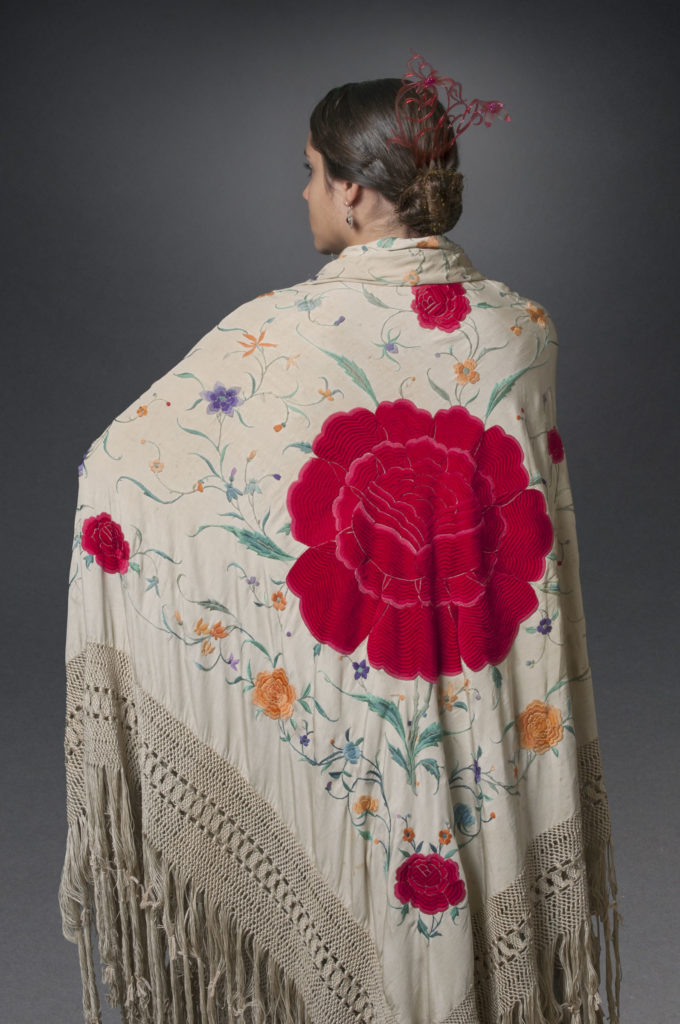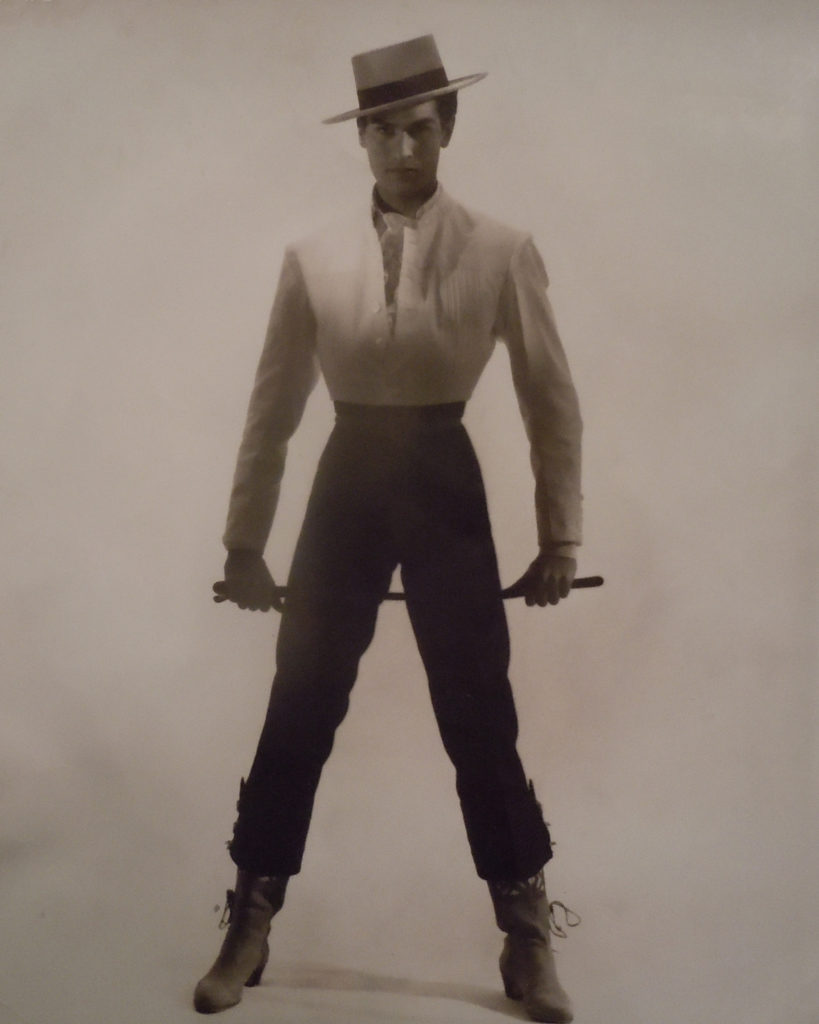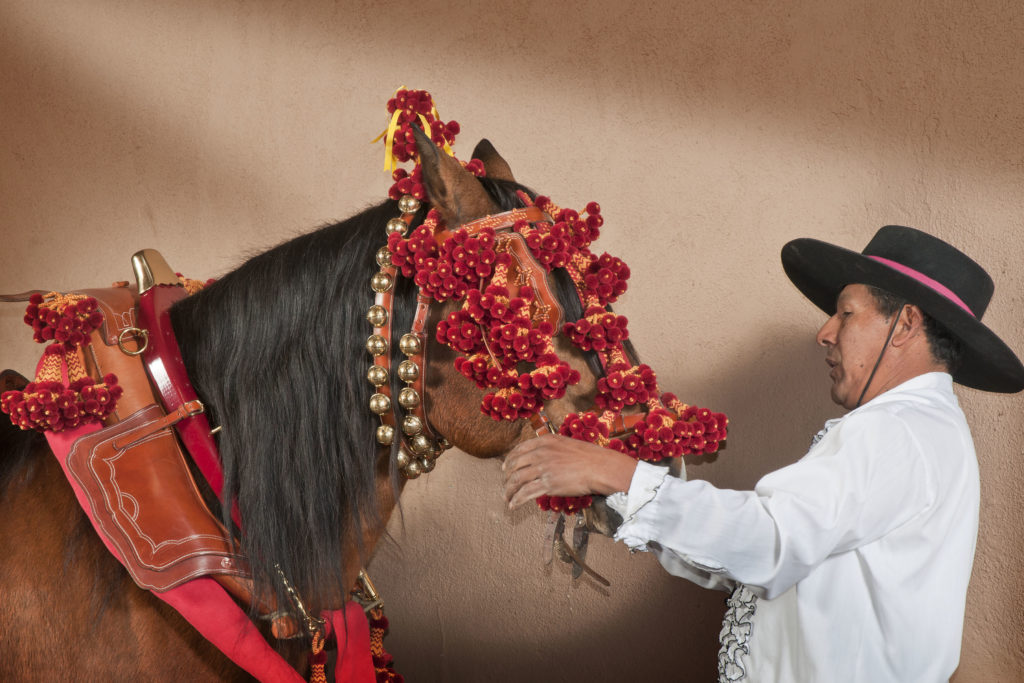Appleton Museum of Art Curator of Exhibitions Patricia Tomlinson uses a fun “true or false” approach to examine the myths and realities of Flamenco dance and music from its early origins among Gypsy groups to modern day mega-festivals. The museum’s soon-to-open new exhibit will run through May 24th. Tomlinson, a former professional archaeologist, joined the Appleton in 2016 after serving as curatorial staff in the New World Department at the Denver Art Museum.

Passionate. Beautiful. Heart-wrenching. These are only a few descriptions of Flamenco art. Encompassing both dance and music, Flamenco has ancient roots with ties to traditions from Rome, the Iberian Peninsula and the Middle East. Sephardic Jewish musical traditions are also present, especially with the song or musical chant known as “Seguiriya.” Ethnomusicologists are currently studying this important link, as it is considered one of the most tragic and serious forms of Flamenco.
One thing I always like to do, which drives my friends and family crazy, is to dispel commonly held assumptions about art. I’m about to do this regarding Flamenco, so join with me in a game of True or False.
Flamenco is a happy dance used for celebration.
False: While there are lighthearted forms of Flamenco referred to as “cante chico,” Flamenco is used to express a range of emotions, many of which are quite sad or serious.
Flamenco dancers and musicians execute a “call and response” interaction when working together that often incorporates improvisation.
True: The connection and trust between dancer and musician can lead to exciting improvisation in which they feed off one another.

Female Flamenco dancers must always wear traditional ruffled dresses when performing.
False: Legendary female Flamenco star Carmen Amaya wore pants when performing in the 1940s and 1950s. Today, women wear many different types of outfits when dancing.
Flamenco was created to appeal to tourists.
False: The earliest traceable origins of Flamenco are from the Romani people (historically referred to as Gypsies) who performed in tight-knit familial groups. As Flamenco grew in popularity, it was eventually performed in bars and nightclubs, where it can still be enjoyed today.
You can only see Flamenco in Spain.
False: Flamenco is now performed worldwide and you are just as likely to see it in the United States, Turkey or Russia as you are in Spain.
Flamenco has star performers who are extremely famous.
True: In addition to legendary performers such as dancer Carmen Amaya or guitarist Carlos Montoya, today’s performers headline festivals that draw huge crowds.

I hope this small lesson in Flamenco has been a fun preparation for our upcoming exhibition Flamenco: From Spain to the U.S. on view at the Appleton from January 25th to May 24th. Featuring approximately 140 objects, dating from the late 19th century to the present, this “special loan” exhibition includes beautiful outfits, memorabilia, and a replica of a tent traditionally used in annual Spanish fairs—complete with a horse and a costume try-on area for kids.
An exhibition talk and Flamenco demonstration will be offered free for Appleton members or can be attended by nonmembers with the museum admission fee on January 25th at 11am. Exhibition curator Nicolasa Chávez will give a talk about the exhibit and there will be Flamenco demonstrations sponsored by The Wandering Soul. Appleton Director’s Circle and FAFO Collector’s Circle members may attend an invitation-only VIP reception celebrating the opening on January 24th. Contact Colleen Harper at (352) 291-4455, ext. 1831 to RSVP or with questions.
Learn more at www.appletonmuseum.org
Appleton Museum of Art, 4333 E Silver Springs Blvd., Ocala (352) 291-4455.






